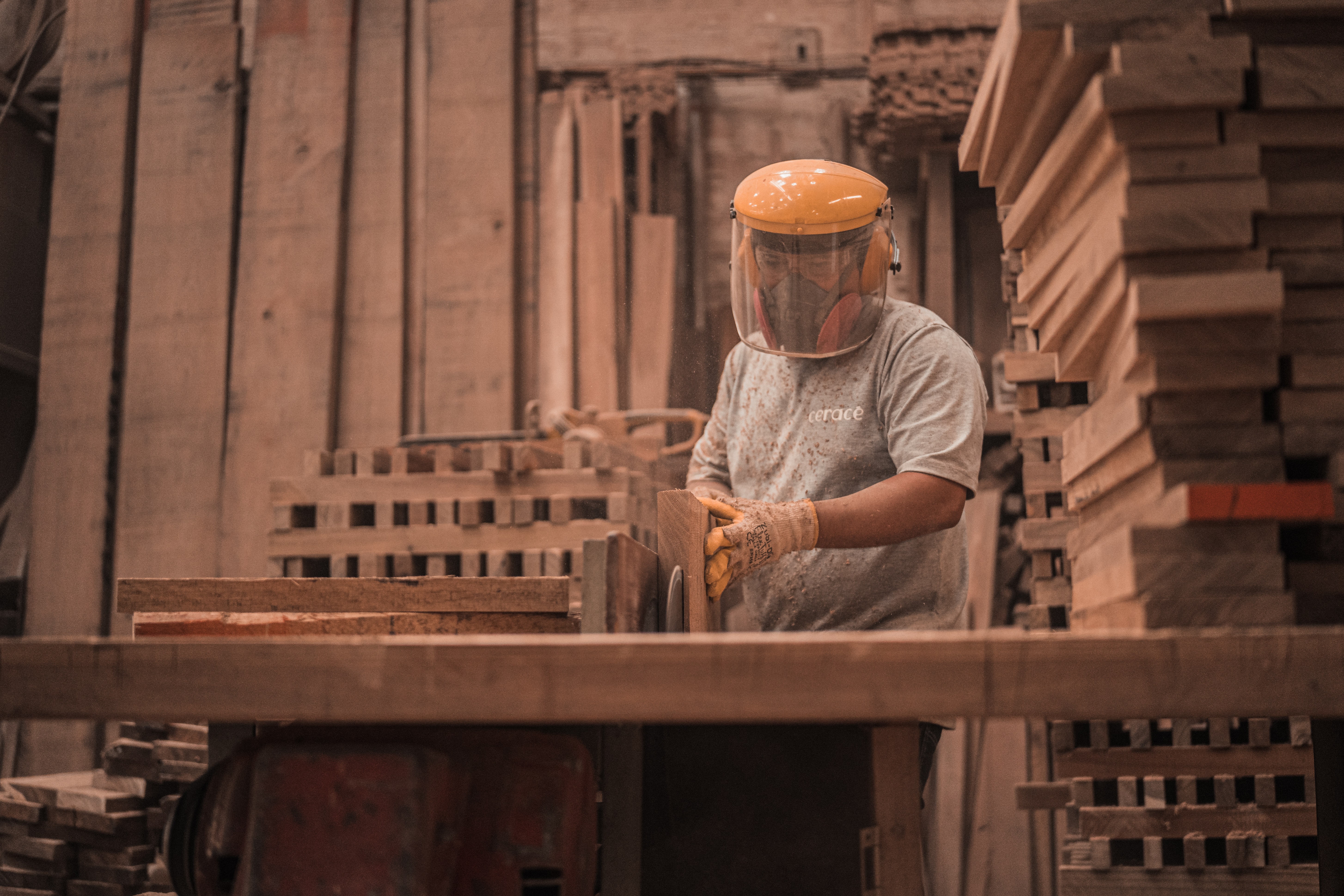How to Navigate Material Delays

Procuring and receiving materials on time is one of the critical courses of action for a successful contractor and project. As it turns out, buildings don’t get built without materials? Delays due to shortages and supply chain demand can quickly and negatively impact a project schedule, potentially leading to increased costs to recover the schedule and, in some cases, liquidated damages if the project is not completed on time. Understanding the material climate, planning and projecting ahead, and transparent communication are ways to get ahead of and mitigate these negative impacts.
Understanding the Climate
Supply chain demand and disruption is a hot topic in the industry today. As states are now fully reopening following the COVID-19 shutdowns and construction has ratcheted back up, contractors have quickly discovered that many materials are simply not available in the timeframes they’re accustomed to.
The toilet paper shortage seems to have subsided, but contractors are still dealing with material shortages on numerous levels at the tail end, and honestly, being short on construction materials feels about the same as being short on toilet paper. The global supply chain has been strained after almost a year of inactivity and hasn’t been able to attain anywhere near its usual efficiency. Manufacturing facilities haven’t fully recovered from shutdowns, and shipping ports are still in chaos from the surge in demand coming out of dormancy.
The well-known impacts are in lumber and steel, but other material impacts include electrical components, roofing insulation, and construction adhesives. Mechanical air handler units, which typically require a lead time of six to 12 weeks, are now tracking four to six months. A pre-engineered metal building will normally go from engineering to delivery in four months. Receiving a metal building seven months after engineering would be considered a success in today’s climate. Many projects have even been put off or canceled due to these delays.
Understanding that materials may not be readily available, whether due to a global pandemic or due to normal supply chain issues, is the first step to ensuring a project isn’t negatively impacted. As with most things - anticipate, anticipate, anticipate.
Planning and Projecting Ahead
Materials delays and longer lead times are real, but they don’t have to send a project spiraling out of control. While contractors cannot fix the supply chain or unclog ports, they can take steps to effectively control the potential damages.
For a project that has not yet been bid, contractors may have the opportunity to provide input to the owner and design team. Providing the team with credible information, contractors can recommend that materials with known delays be replaced with alternate options. Design changes may come with added cost, but appropriate adjustments can ensure the contractor can get the job done on time.
Projects that are already underway and have fixed-price contracts in place can be a bit more snarly to manage when it comes to material delays. Buying items earlier than usual can help offset longer lead times as well as provide protection against cost increases, but it can also come with some downsides. Buying early likely means paying to store the items, extra security against theft and damage, and the possibility of design changes leaving the procured materials without use.
To evaluate the need to buy early or not, a proactive contractor will work with its subcontractors and suppliers early in the project to develop a log of long-lead items. While some project team members may frown on yet another tracking log, this log can be instrumental to a project’s success as it assesses when long-lead items need to be ordered to meet the schedule. If a piece of equipment or other material is experiencing delay for any number of reasons, the team can decide if ordering early is the needed risk to take to meet the required dates. The log is also used to continue tracking the items until they arrive on site. Perhaps an emergency generator that typically ships from the factory with other generators needs to be placed on a dedicated truck to get on site sooner than projected. The extra cost of dedicated freight could be worth it if it keeps a project on schedule.
Transparent Communication
Contractors are ultimately responsible for getting materials to the site on time. An experienced owner may be aware of material delays impacting the industry, but contractors must actively and transparently communicate the details to the owner.
Contractors should provide the owner and design team with dates that specific materials and equipment need to be ordered. The design team can accelerate their approval of the materials in order to expedite the ordering process, but if the dates aren’t communicated, approvals may lag and cause stress on the schedule.
In some cases, the delays are so drastic and uncontrollable that contractors and owners are required to negotiate contractual obligations. An unusual material delay is generally a basis for a completion date adjustment under most industry-standard contracts. Owners can authorize this adjustment, which is important to contractors because, without it, they could face liquidated damages or other liabilities. The critical component is finding an outcome where both the owner’s and contractor’s interests are aligned, and this requires clear communication between the two parties.
Whether due to a pandemic that affects the global economy and all industries or smaller scale supply chain issues, material delays have the potential to impede construction projects. Understanding the delays, taking practical steps to alleviate them, and communicating openly will help contractors stay on schedule and bring projects to successful completion.
July 28th, 2021 | construction, News, resources
Related Posts
SIGN UP FOR OUR NEWSLETTER
Recent Posts
Categories
Archives
Archives
- January 2024 (1)
- July 2023 (1)
- January 2023 (1)
- September 2022 (1)
- March 2022 (3)
- February 2022 (3)
- January 2022 (2)
- December 2021 (4)
- November 2021 (2)
- October 2021 (2)
- September 2021 (2)
- August 2021 (2)
- July 2021 (3)
- June 2021 (2)
- May 2021 (2)
- April 2021 (2)
- March 2021 (5)
- February 2021 (4)
- January 2021 (1)
- December 2020 (1)
- November 2020 (3)
- October 2020 (2)
- September 2020 (2)
- August 2020 (2)
- June 2020 (1)
- May 2020 (2)
- April 2020 (1)
- March 2020 (2)
- February 2020 (1)




